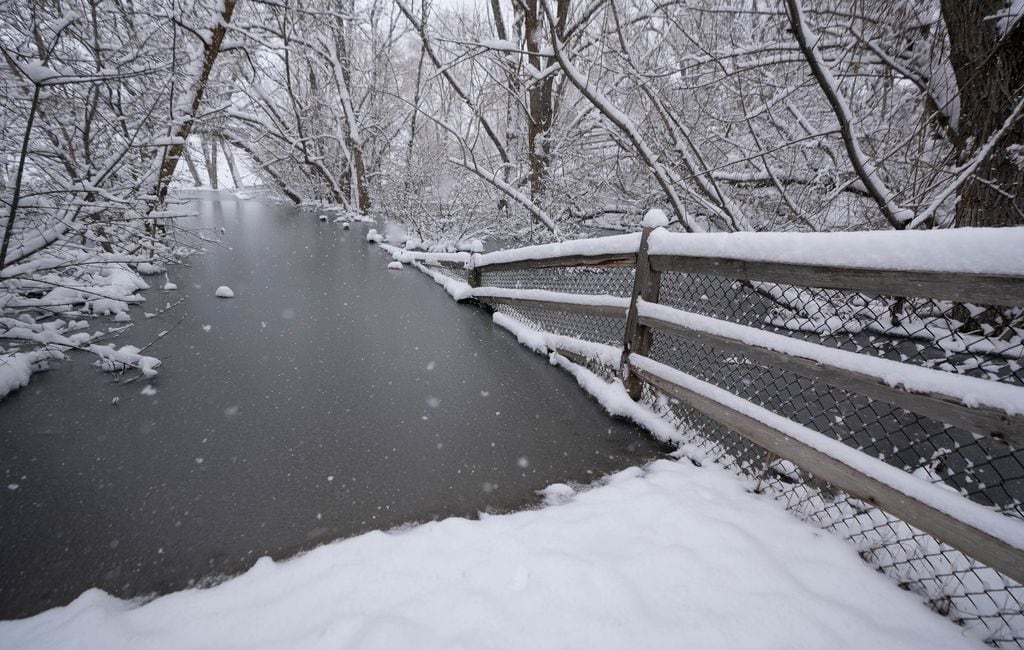Utah got the water it wanted this winter, but what snows up must flow down.
Yes, that whopping snowpack in the Wasatch Mountains has public officials preparing for potential flooding as warmer weather approaches.
Kade Moncur, head of Salt Lake County’s flood control efforts, is anticipating spring runoff to bring fast flows to Little Cottonwood and Big Cottonwood creeks.
“That’s where we’d be paying attention,” Moncur said. “They’re going to see a lot of high water, very fast-moving water,” he said. “There could be some channel damage, some erosion along those channels.”
Moncur said the county is keeping all of the culverts and bridges along those channels clear of debris to prevent roads from getting washed out.
To prepare for potential flooding in the Cottonwoods and elsewhere, county officials and volunteers kicked off a two-day effort Friday to fill 15,000 sandbags. The barriers will be stored at a county facility in Midvale and available to residents.
County Mayor Jenny Wilson said officials are monitoring temperatures and keeping a close eye on water levels in streams coming out of the mountains.
“Right now, we have some safety concerns,” she said. “We want people who are around these rivers to be aware that they’re flowing far faster than they have in the past.”
More snow stories
Wilson called on neighbors near waterways to remove brush and other debris that could clog streams and divert water to properties upstream.
Spring runoff poses a flood risk every year, she said, but this year’s hefty snowpack has led to more coordination with the state and other jurisdictions.
Among those participating in that coordination is the Salt Lake City Public Utilities Department, which has started releasing water from Little Dell and Mountain Dell reservoirs to relieve pressure on the system.
City crews, meanwhile, are clearing debris that may clog drainage networks and making sandbags available for free.
Although local governments are taking extra precautions, department Director Laura Briefer isn’t expecting the level of flooding that flowed through Utah’s capital in 1983.
“We’re pretty optimistic,” Briefer said, “that we’re not going to see widespread flooding from runoff this year.”
Briefer said the city’s system has a greater capacity than in the 1980s, with increased reservoir storage, more detention and retention basins, and improvements to the City Creek drainage.
Flooding, Briefer said, depends on weather conditions over the next several weeks. The region’s best-case scenario is a gradual rise into warmer temperatures.
“The worst-case scenario is if we continue to have very cold temperatures and/or additional precipitation that delays that measured runoff,” she said, “until we have more risk of much higher temperatures all at once, which is what we saw in 1983.”
National Oceanic and Atmospheric Association forecasts show a 33% to 40% chance of northern Utah experiencing below-normal temperatures for April, May and June. For the same time period, the agency is forecasting equal chances of below- or above-normal precipitation.
To pick up sandbags, visit the Salt Lake City Public Utilities Department at 1530 S. West Temple or the Salt Lake County Public Works Department at 604 W. 6960 South in Midvale.



